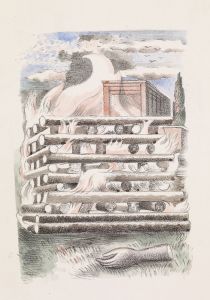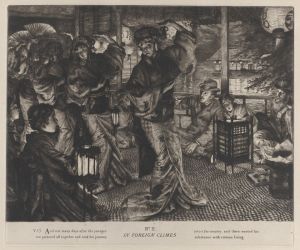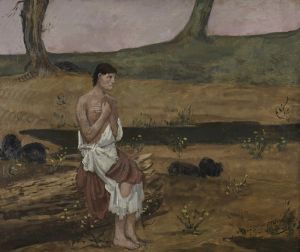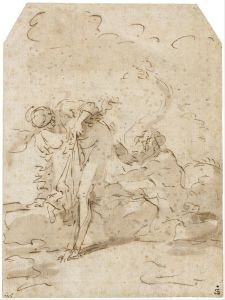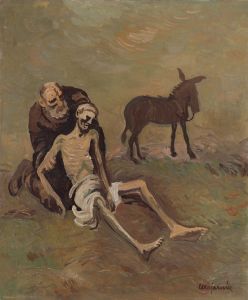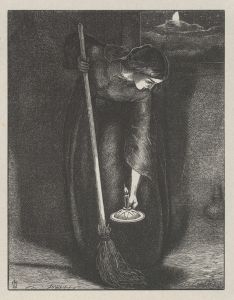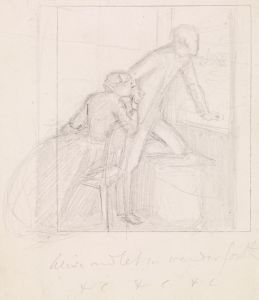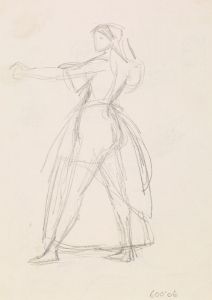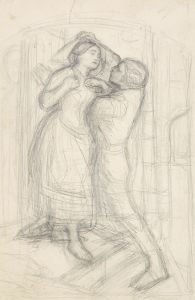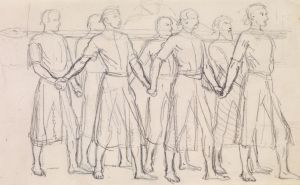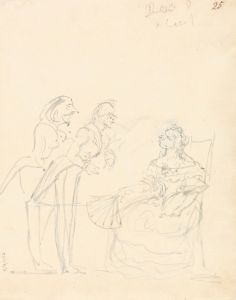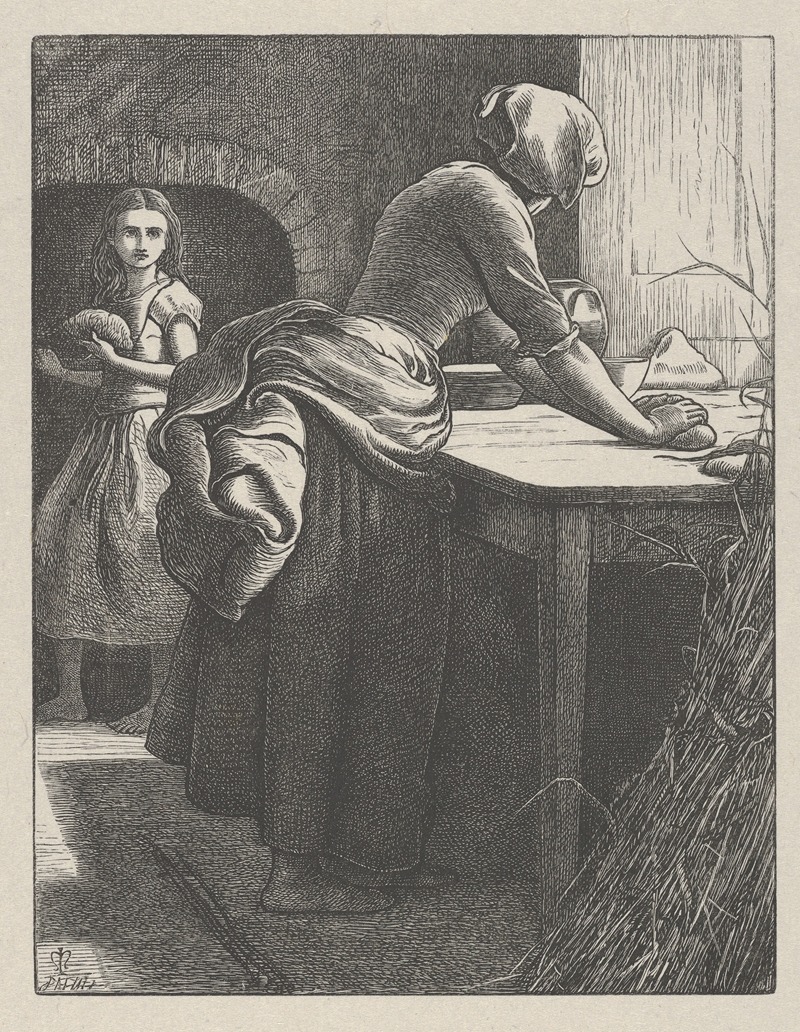
The Parable of the Leaven
A hand-painted replica of Sir John Everett Millais’s masterpiece The Parable of the Leaven, meticulously crafted by professional artists to capture the true essence of the original. Each piece is created with museum-quality canvas and rare mineral pigments, carefully painted by experienced artists with delicate brushstrokes and rich, layered colors to perfectly recreate the texture of the original artwork. Unlike machine-printed reproductions, this hand-painted version brings the painting to life, infused with the artist’s emotions and skill in every stroke. Whether for personal collection or home decoration, it instantly elevates the artistic atmosphere of any space.
"The Parable of the Leaven" is a painting by Sir John Everett Millais, a prominent English painter and one of the founders of the Pre-Raphaelite Brotherhood. The painting was completed in 1864 and is one of Millais's works that reflect his interest in religious themes and narratives.
The painting illustrates the biblical parable of the leaven, which is found in the New Testament, specifically in the Gospel of Matthew (13:33) and the Gospel of Luke (13:20-21). The parable describes how a woman takes leaven and hides it in three measures of flour until it is all leavened, symbolizing the Kingdom of Heaven and its transformative power.
In "The Parable of the Leaven," Millais depicts a domestic scene where a woman is engaged in the act of kneading dough. The setting is simple and humble, emphasizing the everyday nature of the scene. The woman is dressed in modest clothing, and the interior of the room is sparsely furnished, with a table, some utensils, and a window that allows natural light to illuminate the scene. The light and shadow play a significant role in the painting, highlighting the woman's focused expression and the texture of the dough she is working with.
Millais's attention to detail and his ability to capture the subtleties of light and texture are evident in this work. The painting is characterized by its realistic portrayal of the subject matter, a hallmark of the Pre-Raphaelite style. The use of bright, vivid colors and the meticulous rendering of details reflect the influence of the Pre-Raphaelite Brotherhood's principles, which sought to revive the clarity, detail, and vibrant color of early Renaissance art.
"The Parable of the Leaven" is also notable for its symbolic content. The act of kneading dough and the process of leavening can be seen as metaphors for spiritual growth and the spread of the Christian faith. The painting invites viewers to reflect on the deeper meaning of the parable and its implications for their own lives.
Sir John Everett Millais was a highly influential figure in the Victorian art world. Born in Southampton in 1829, he showed exceptional artistic talent from a young age and was admitted to the Royal Academy of Arts at the age of 11, making him the youngest student ever to enter the Academy. Throughout his career, Millais produced a wide range of works, including portraits, landscapes, and genre scenes, in addition to his religious and historical paintings.
"The Parable of the Leaven" is part of Millais's broader body of work that explores religious themes. It exemplifies his skill in combining narrative content with technical mastery, creating paintings that are both visually striking and rich in meaning. The painting is held in a private collection, and while it may not be as widely known as some of Millais's other works, it remains an important example of his contribution to 19th-century British art.
In summary, "The Parable of the Leaven" by Sir John Everett Millais is a significant work that captures the essence of a biblical parable through a realistic and detailed portrayal of a domestic scene. It reflects Millais's artistic talent and his ability to imbue everyday activities with profound symbolic meaning.





